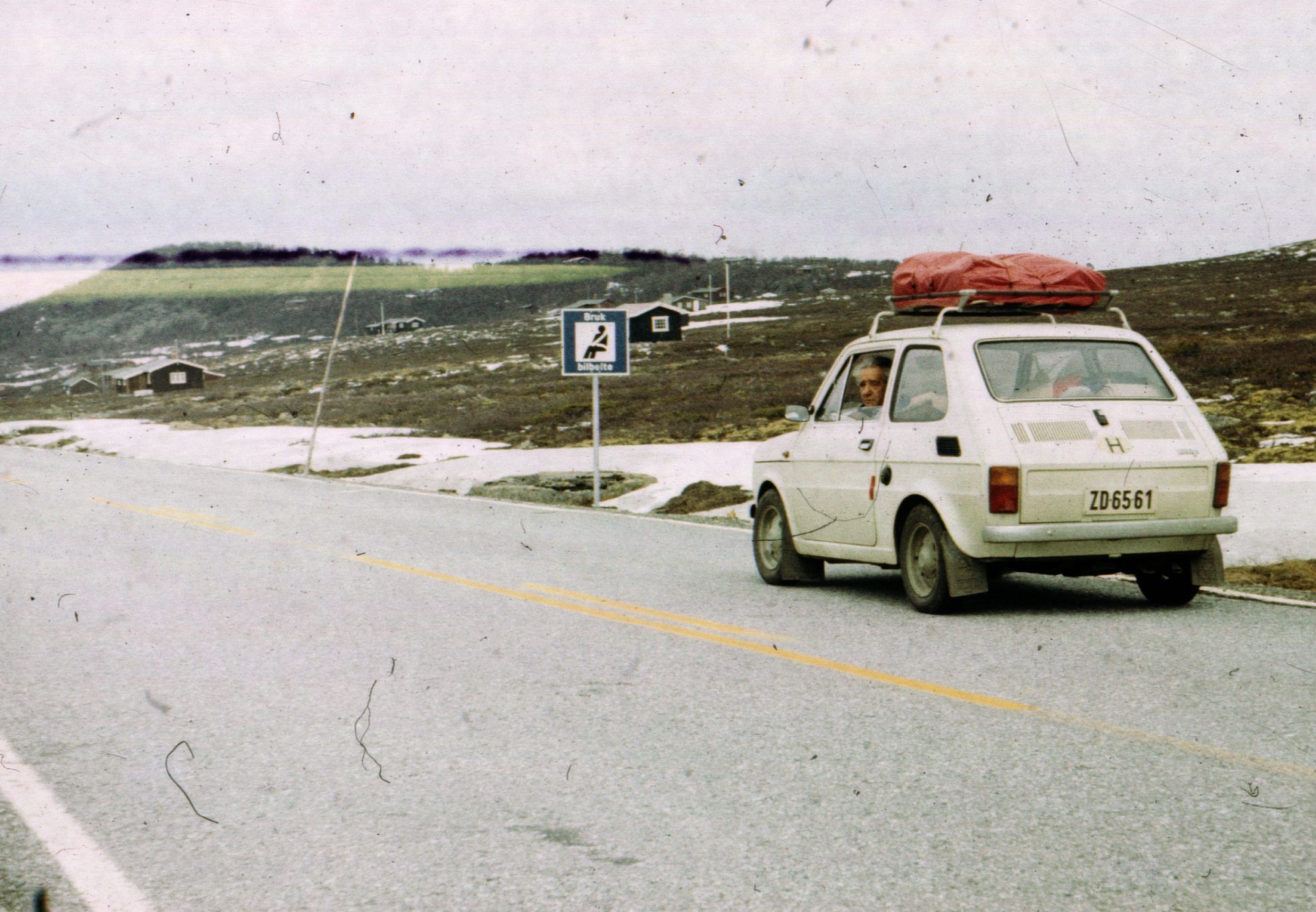Everyone in Hungary had their own word for this car. “Tökgyalu”, “kispolák”, “egérkamion”, but let’s just stick with the nicer “Kispolszki”. Owning a Fiat 126 was nothing but a dream on this side of the Iron Curtain at the time, but we had a Polish version manufactured based on the Italian license. It can rarely be spotted on the roads today, but you can still put it on your shelf!
The Fiat 126 intended as the successor of the Fiat Nuova 500 debuted in October 1972 in Torino, and only a year later the Polski Fiat 126p, which is much more familiar to us, Hungarians, became available. The vehicle was manufactured in Poland based on the Fiat license, with qualities resembling street racecars: it hat an air-cooled engine in its back, giving astounding energy to the rear wheels.

The Poles were incredibly proud of the 126p, as this was a car manufactured in Poland, and the first one that an average family could actually afford. And yes, the tiny car was used by families, as a family car. It was often packed with three or four people, and they fixed the luggage on top of the car. Those who did a little bit better than the rest could even purchase the Niewiadów N126, a small RV designed especially for the 126p, which made the Kispolszki much more practical all at once, even though an entire family in such a small car with still a quite big RV remained a very odd sight. And the strange sight was not for Poles only: Polish tourists frequently travelled all the way to Lake Balaton or the Adriatic Sea in this manner.
The self-driving Kispolszki was another frequent phenomenon of the era. One must know that instead of the regular key solution, starting the motor of the car required a Bowden. However, the Bowden ripped many times, and so the car had to be started at the engine in the back of the car. Many people forgotten that they left the car in gear before the maneuver, which then started moving immediately without the driver, usually with a frightened passenger.

The Kispolszki not only provided an opportunity for mobility to people in Poland. We don’t have exact figures, but it was, perhaps, the most popular in Hungary next to Poland. It was a lot cheaper than the Lada, Škoda or Dacia models, but these vehicles probably belonged to a higher category. It’s sole true competitor was the Trabant, however the Polski Fiat was much more modern compared to it. It was criticized by many particularly for its size, and it also had problems in terms of reliability, yet people still look back to it with nostalgia. This affection also manifests in the abundance of nicknames it received. In Poland, it was called the maluch, meaning a toddler, or the mały Fiat. In Hungary, a few funny names it received include the “Kispolszki”, “kispók”, “kispolák”, “egérkamion” or “aszfaltpattanás” (small polski, small spider, small pole, mouse truck or asphalt pimple).
Interestingly the Polski Fiat became at least as much of a curiosity in the Eastern Bloc, as the Fiat 500 did in the West. Its remaining models are also quite highly prized today, as it is once again a vehicle that has provided us with thousands of good memories, which only grew better with the years.
The pieces of our limited CHROMIEZ collection are now available in HYPEANDHYPER’s online store.You can find the miniature version of the Polski Fiat 126p under the name Maly – The towncar in the shop! In addition to the wooden cars, retro car fans can also get special limited edition prints matching the automobiles!




Click on the product and head to our online store right away!

„Reaching beyond graphics” | Határ út metro station has been renovated

Grey patch in a colorful district | archimatika










